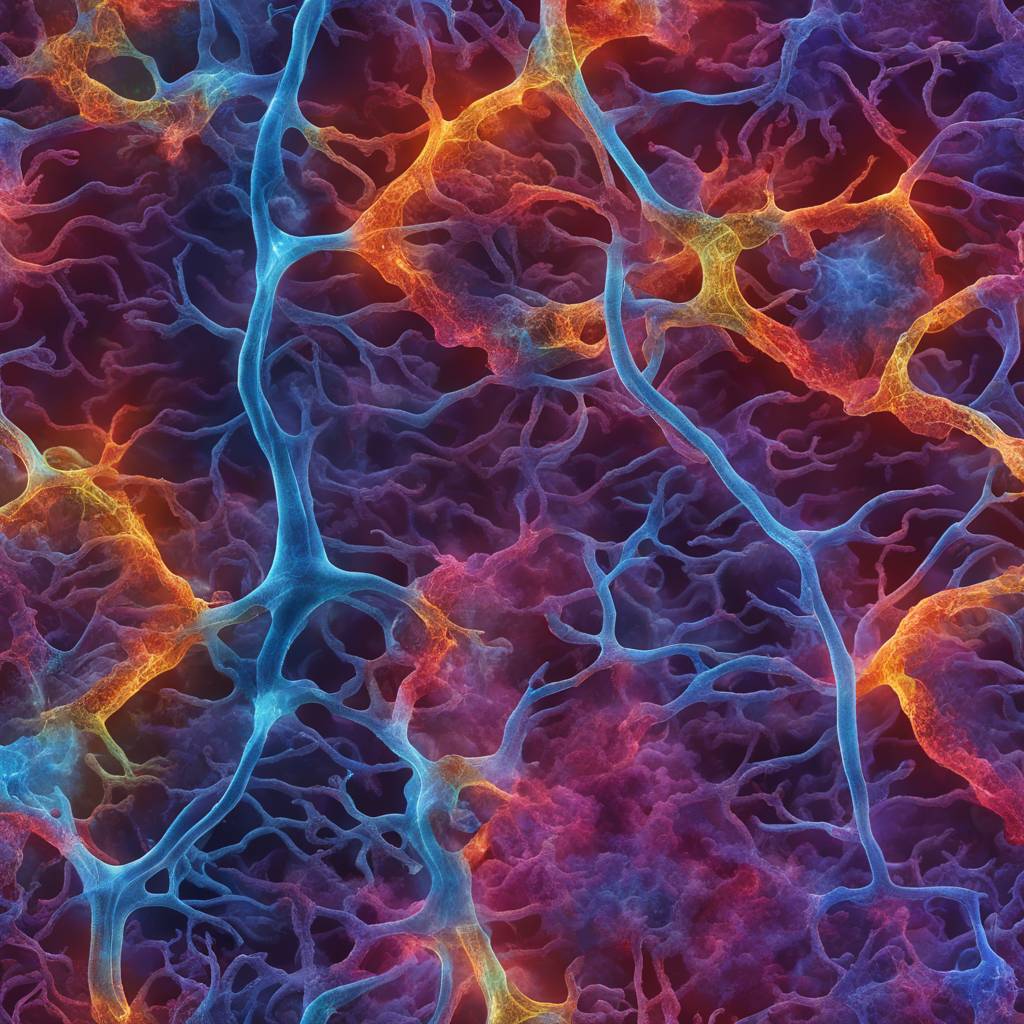A new bioluminescence imaging technique has been developed that allows for precise monitoring of oxygen levels in the brain of mice. This method provides highly detailed images of oxygen movement in the brain and can be easily replicated by other researchers. By studying oxygen levels in the brain, researchers can gain insight into conditions such as hypoxia, which occurs when there is a lack of oxygen supply to the brain. This new research tool has the potential to shed light on the mechanisms underlying diseases like Alzheimer’s and the impact of a sedentary lifestyle on brain health.
The luminescent proteins used in this imaging technique are chemical cousins of the proteins found in fireflies. By delivering instructions to cells via a virus, these proteins produce an enzyme that, when combined with a substrate called furimazine, generates light when in the presence of oxygen. Initially intended for measuring calcium activity in the brain, this technique was adapted to monitor oxygen levels after a manufacturing error caused a delay in the research. The researchers were able to observe oxygen concentration in a larger area of the brain compared to existing techniques and correlate changes in oxygen levels with sensory processing.
The researchers discovered that specific areas in the brain experienced temporary hypoxia, or a lack of oxygen supply. These “hypoxic pockets” were caused by capillary stalling, where white blood cells block microvessels and prevent red blood cells from delivering oxygen. This phenomenon was more prevalent in the brains of mice during rest compared to activity and is believed to increase with age and in models of Alzheimer’s disease. By studying these hypoxic pockets, researchers hope to gain insight into how diseases associated with hypoxia, such as Alzheimer’s and vascular dementia, develop, as well as how lifestyle factors like a sedentary lifestyle and hypertension contribute to these conditions.
The ability to monitor oxygen levels in the brain in real-time opens doors for studying a wide range of diseases associated with hypoxia, such as Alzheimer’s, vascular dementia, and long COVID. This technology also enables researchers to explore how factors like aging, hypertension, and physical activity impact vascular health and cognitive decline. By using this new imaging technique, researchers can test different drugs and types of exercise to improve vascular health and slow down the progression of dementia. The study was supported by various funding sources, including the National Institute of Neurological Disorders and Stroke, the Lundbeck Foundation, and the US Army Research Office.
In conclusion, the development of a new bioluminescence imaging technique has provided researchers with a powerful tool for monitoring oxygen levels in the brain. This method allows for the observation of oxygen movement in a wide area of the brain, providing insight into conditions like hypoxia and its impact on brain function. By studying hypoxic pockets and the effects of factors such as age, lifestyle, and disease on oxygen supply to the brain, researchers hope to advance our understanding of neurological conditions like Alzheimer’s and develop new strategies for prevention and treatment.













